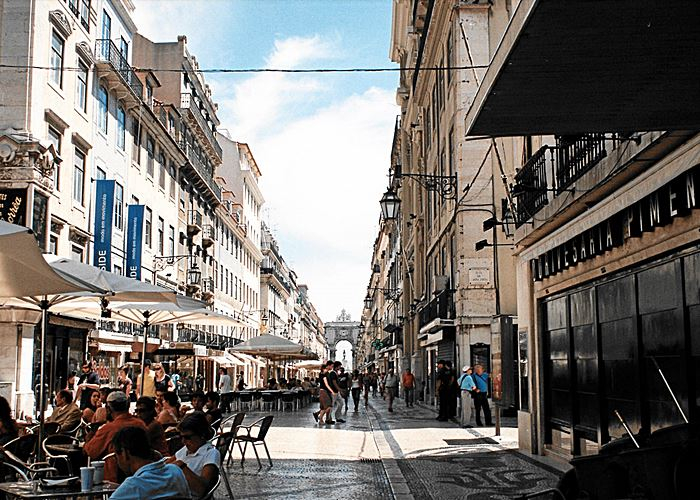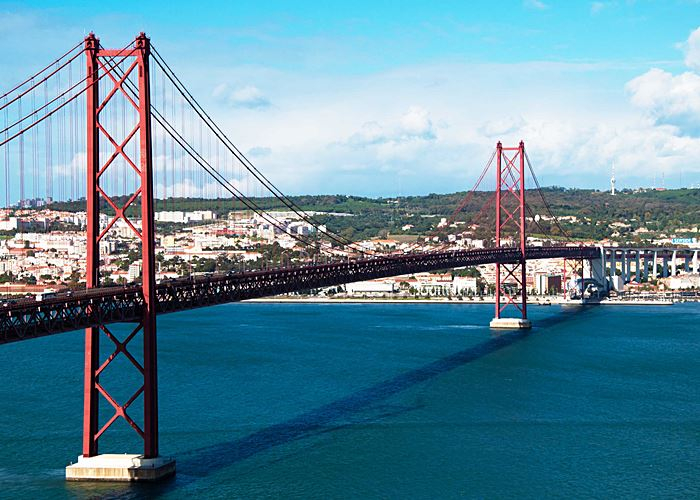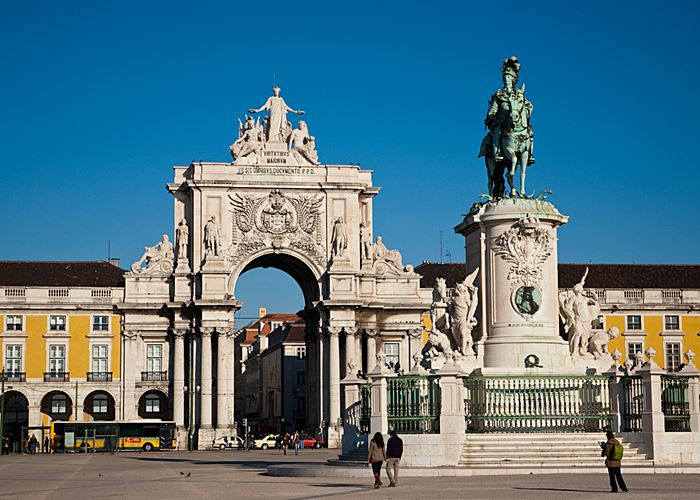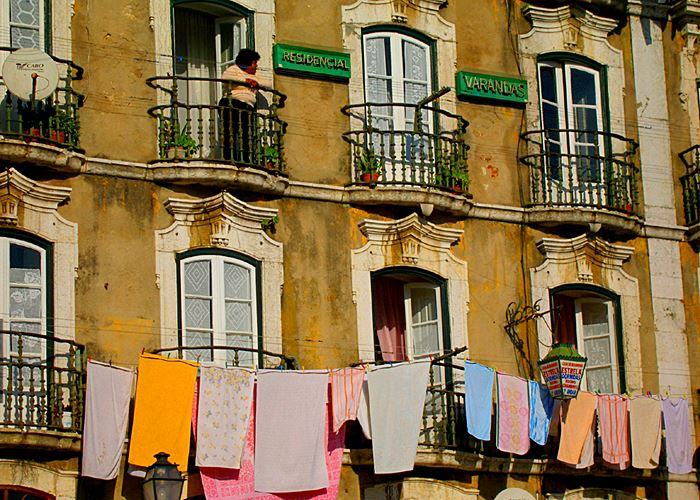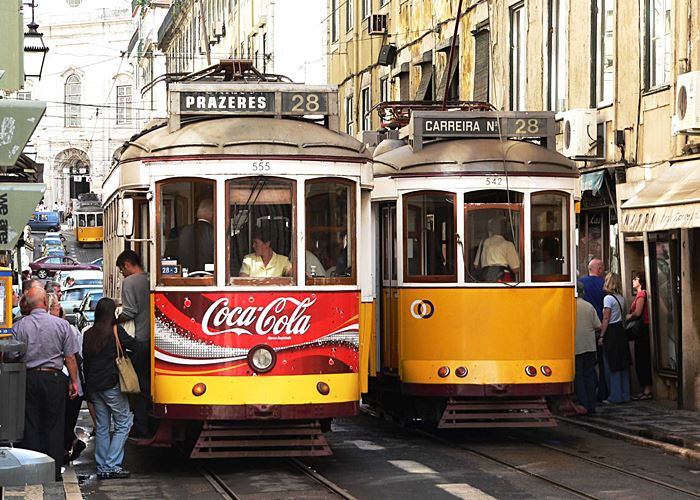WHERE THE LAND ENDS, AND THE SEA BEGINS.
Our surrounding is so diverse that we would have to write a book about all the things you can see, experience and discover here. If you cannot find what you are looking for here, then you won’t find it anywhere. That we can promise.
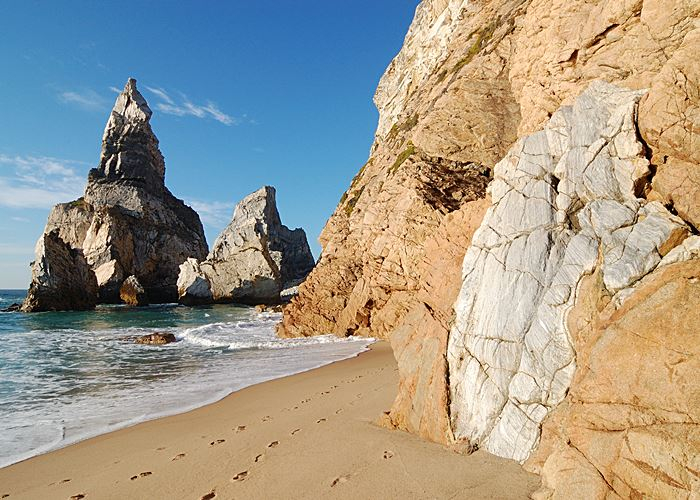
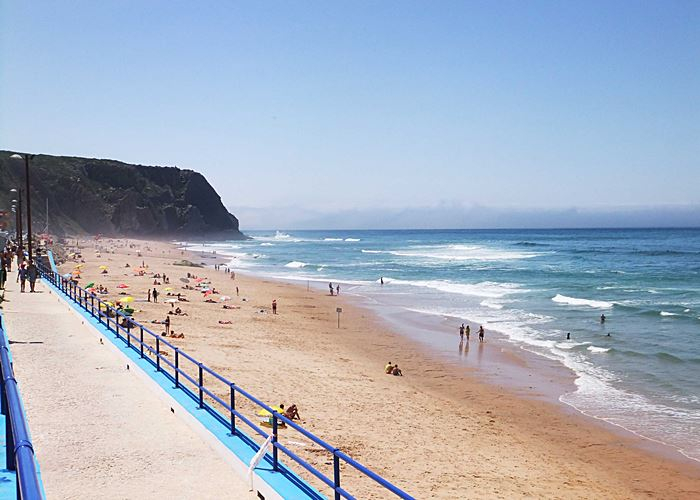
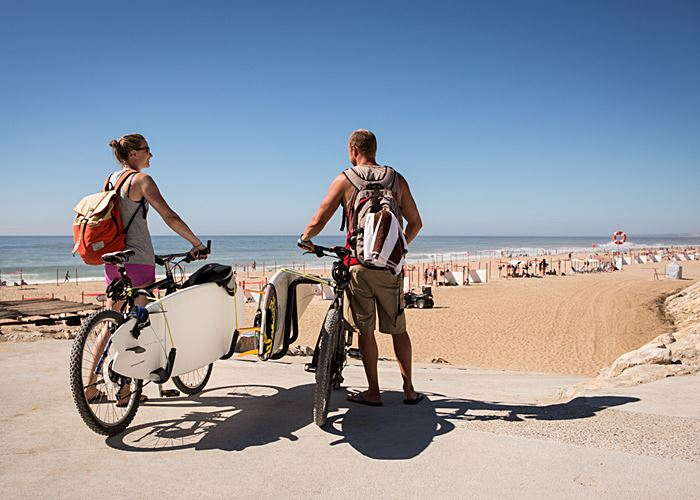
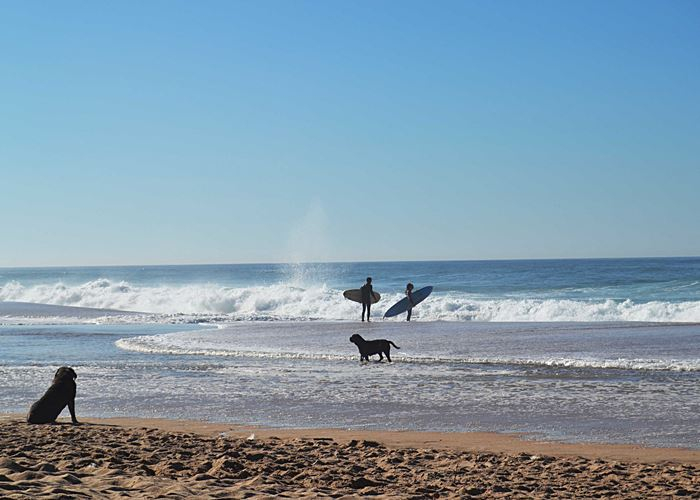
Beaches
»Praia Grande Beach: approx. 500m, 7 min. walking
»Praia Pequena Beach: approx. 400m, 6 min. walking
»Praia das Maçãs Beach: approx 1000m, 15 min walking
»Azenhas do Mar Beach: 3,5km
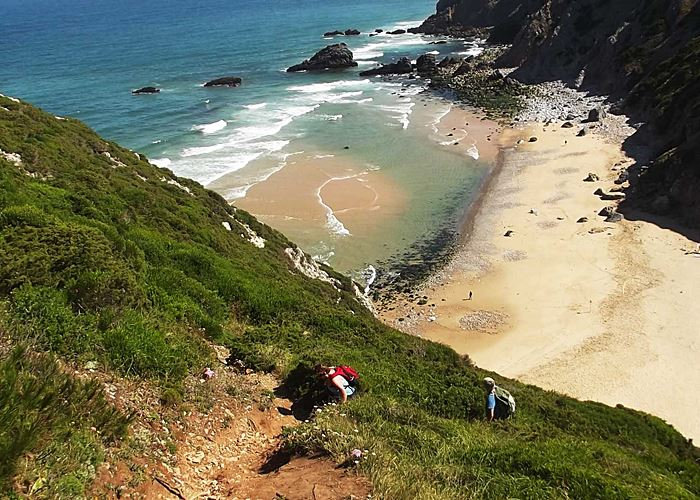
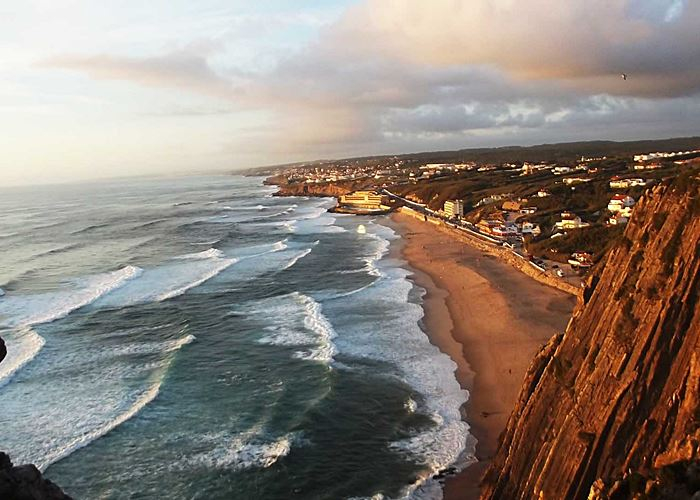
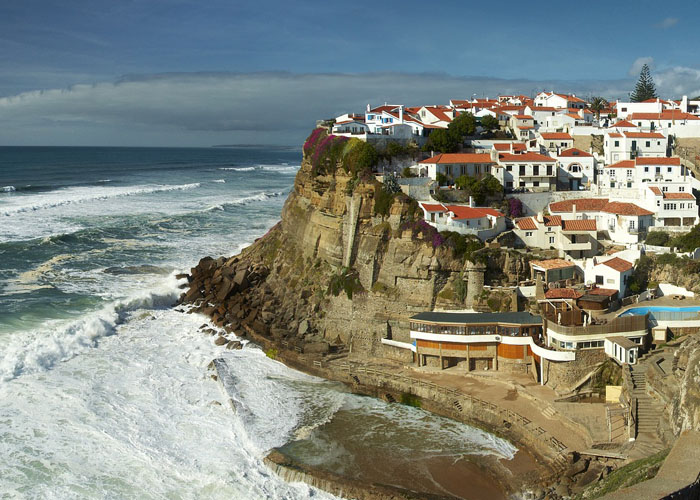
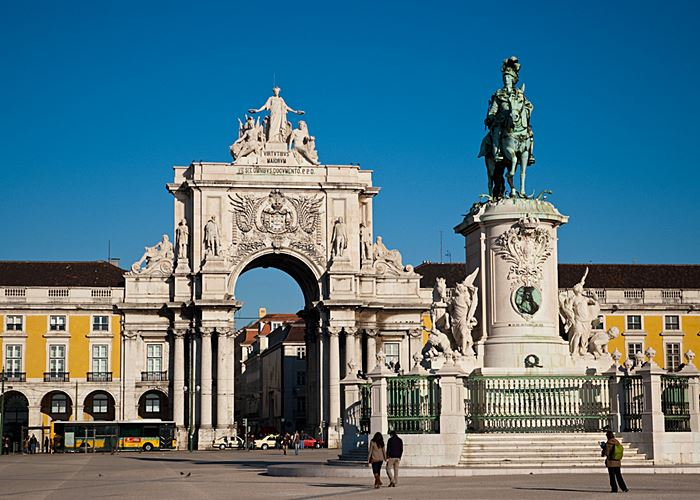
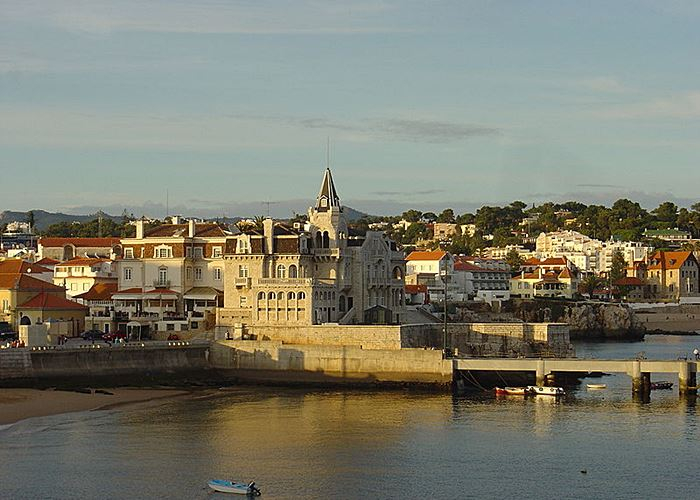
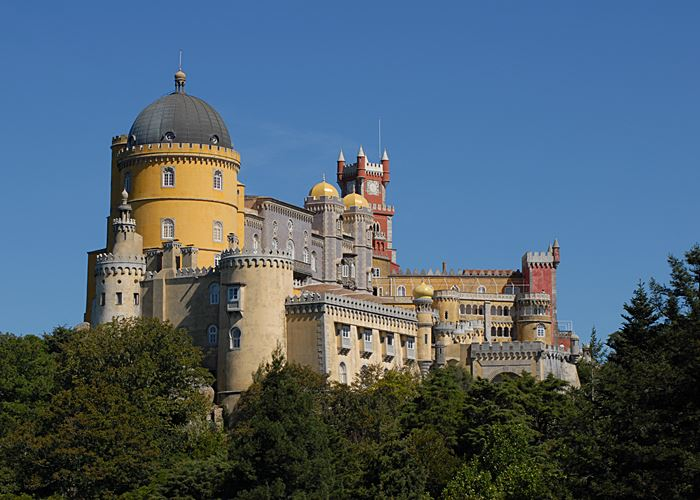
Towns & Village
»Colares Village (supermarket, butcher, pharmacy etc.): 3km
»Sintra: 10km, 15min by bus
»Cascais: 20km, 25min by car
»Lisbon Center: 40km, 45min by car/ 35min by train from Sintra
»ATM: 600m, 7min walking
»Lisbon Airport: 40km, 35min by car
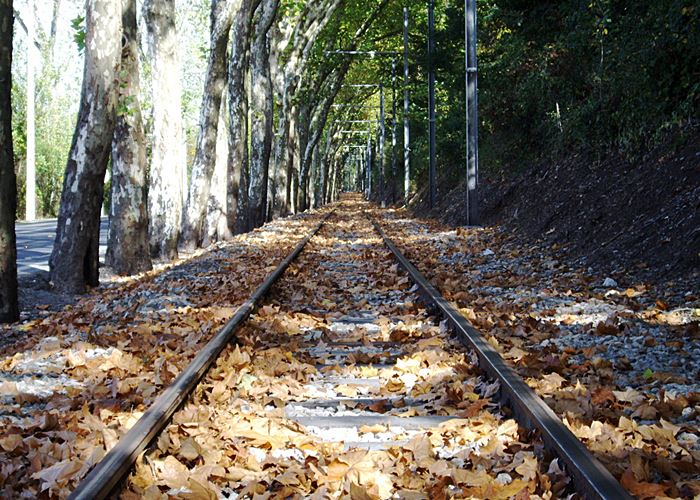
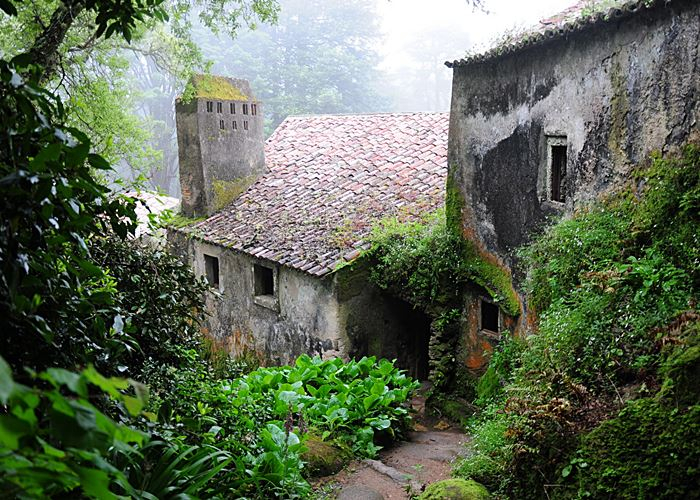
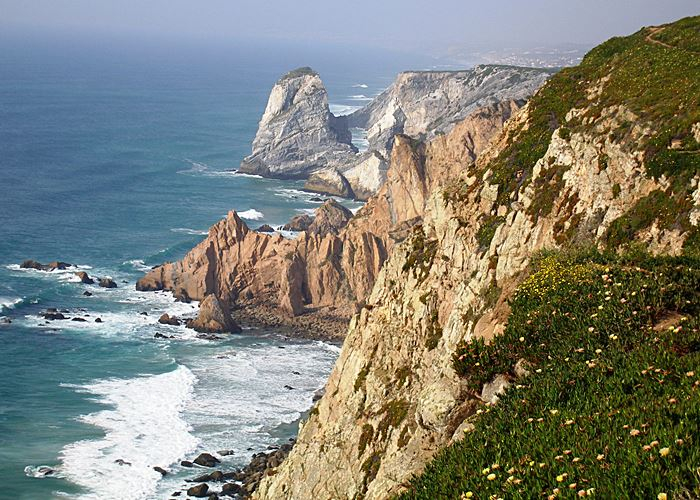
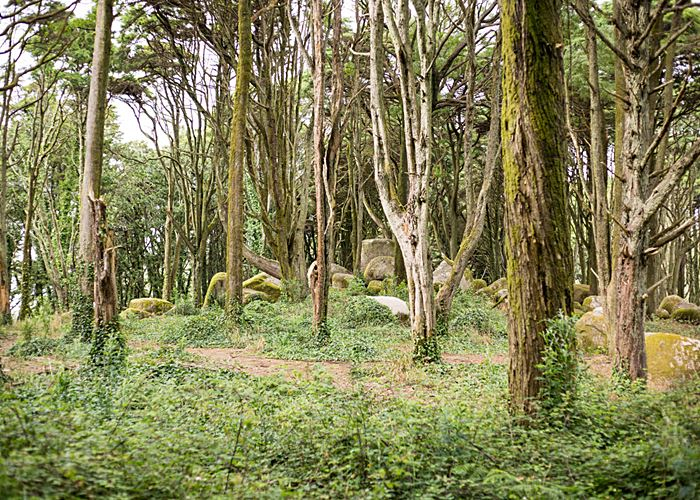
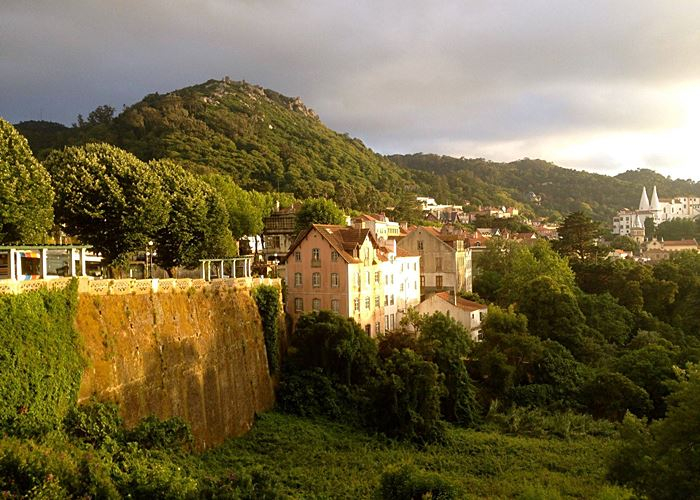
NATIONAL PARK
The Sintra-Cascais Natural Park has been protected since 1981. Its area is approximately 145 km²and includes the “Serra de Sintra“ a Mountain Range that extends all the way to the coast, and Cabo da Roca, continental Europe’s westernmost point. It was known to the Ancient World as Lunae Mons (mountains of the Moon).
Its climate is temperate with many oceanic influences. It also has a unique vegetation. About nine hundred plant species are indigenousIn it are located: the Moorish Castle, the Pena Palace, the Capuchin Convent, the Sintra National Palace, the Palace of Monserrate and the Quinta da Regaleira.
For us it is one of the most divine natural places on the Iberian Peninsula.
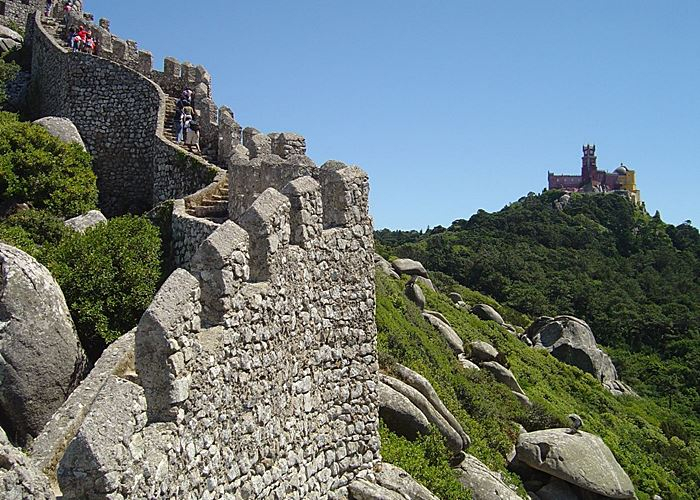
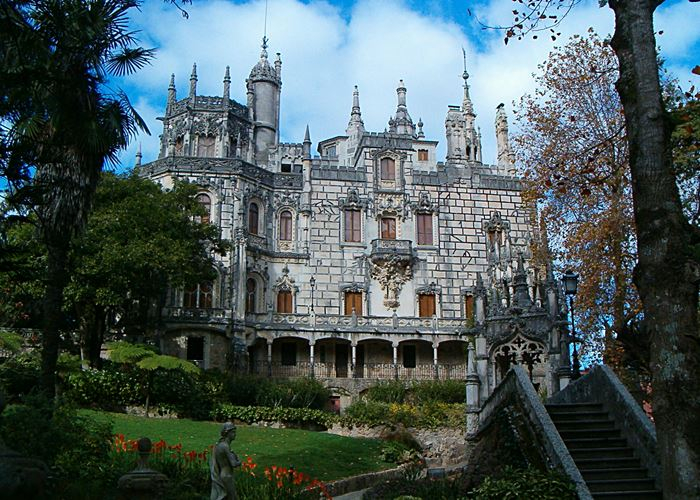
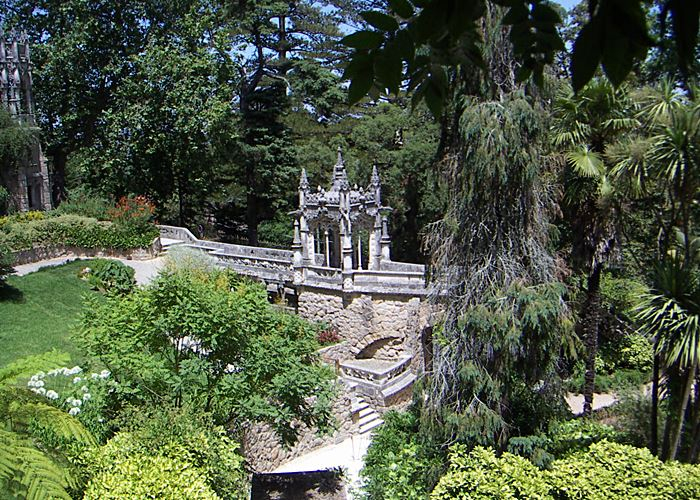
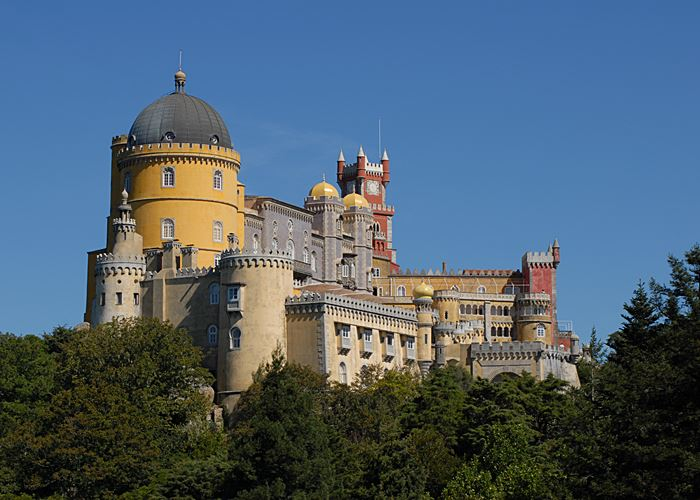

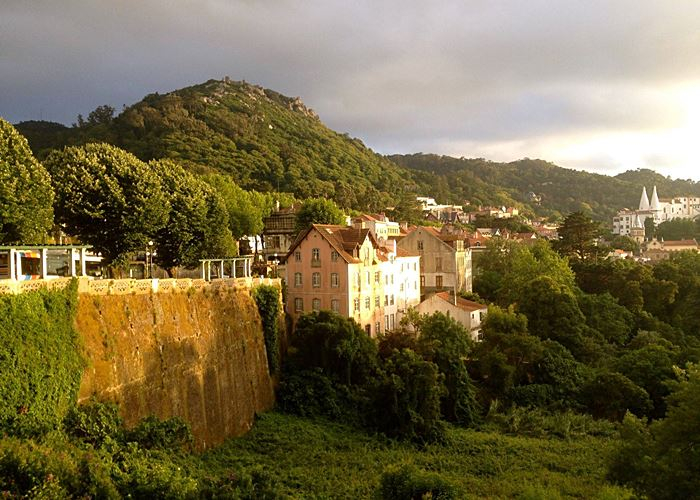
SINTRA
Sintra is known for its many 19th-century Romantic architectural monuments, which has resulted in its classification as a UNESCO World Heritage Site. Although its heritage in buildings and nature is the most visible face of the historic individuality of Sintra, a whole literary heritage has made the area a legendary reference in Portuguese culture.
In addition to the Sintra Mountains and Sintra-Cascais Nature Park, the parishes of the town of Sintra are dotted with royal retreats, estates, castles and other buildings, including the mediaeval Castelo dos Mouros, the Pena National Palace and the Sintra National Palace.
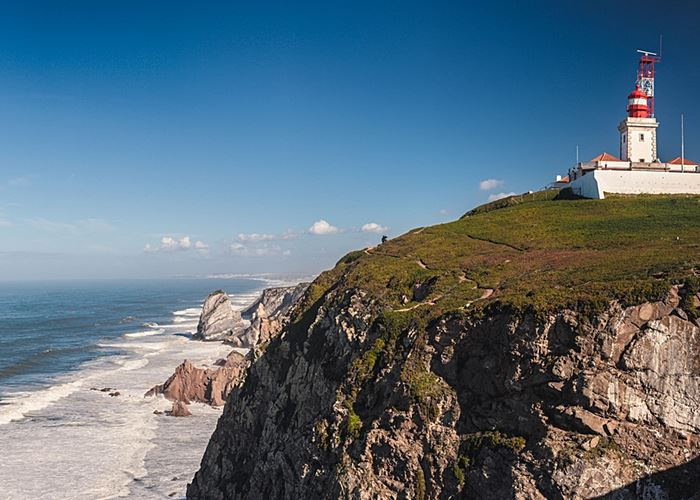
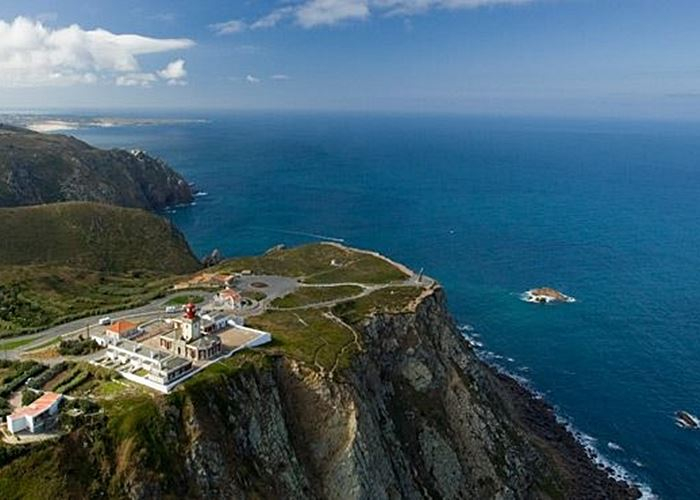
CABO DA ROCA
Cabo da Roca is a cape which forms the westernmost extent of mainland Portugal and continental Europe (and by definition the Eurasian land mass).
The western coast is a mixture of sand beaches and rocky cliff promontories: around Cabo da Roca, cliffs are more than 100 metres in height, and cut into crystalline rocks, composed of strongly folded and faulted sedimentary units. Many migratory and marine birds roost temporarily along the cliffs and protected coves of the coastal area.
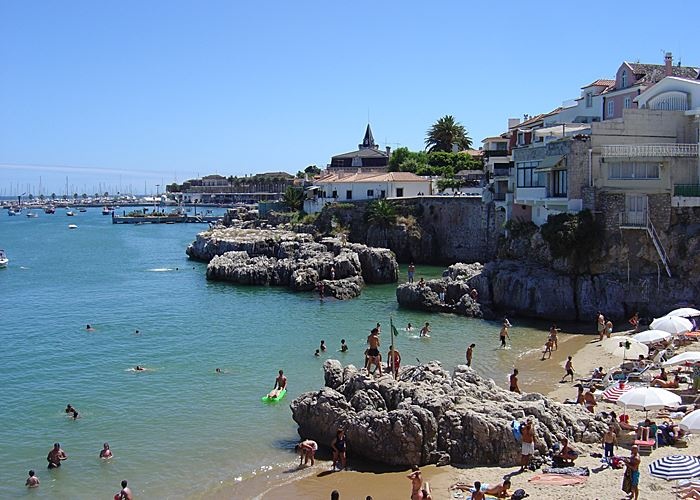
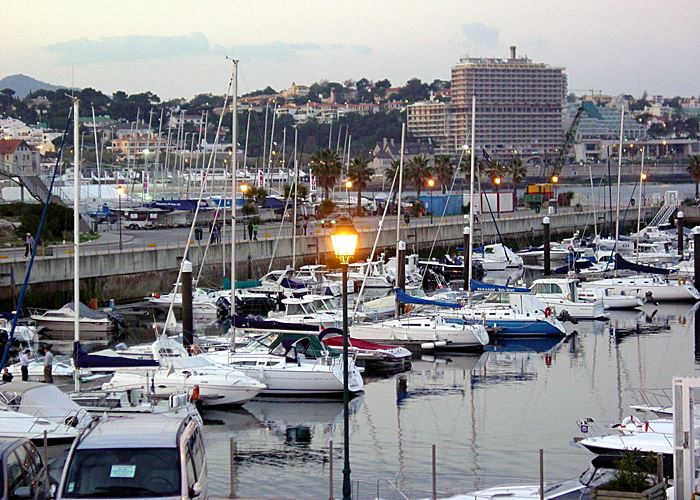
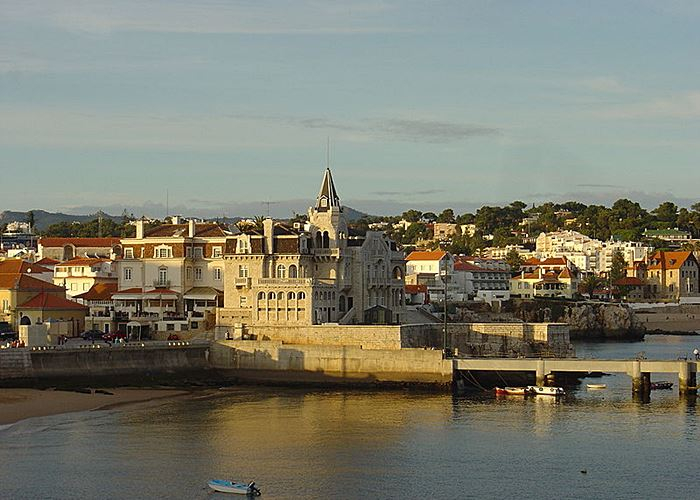
CASCAIS / ESTORIL
It is a cosmopolitan suburb of the Portuguese capital and one of the richest municipalities in Portugal. The former fishing village gained fame as a resort for Portugal’s royal family in the late 19th century and early 20th century. Nowadays, it is a popular vacation spot for both Portuguese and foreign tourists. It is located on the Estoril Coast. It is not only one of the richest areas of Portugal but also one of the nicest and well preserved. The historical town and the old harbor are a perfect place to stroll along.
LISBON
We will not write much about Lisbon as it is hyped enough. All we can say is that most of the nice things you read about Lisbon are true and after 15 years of living here we still have a smile on our face when we go for a visit.
